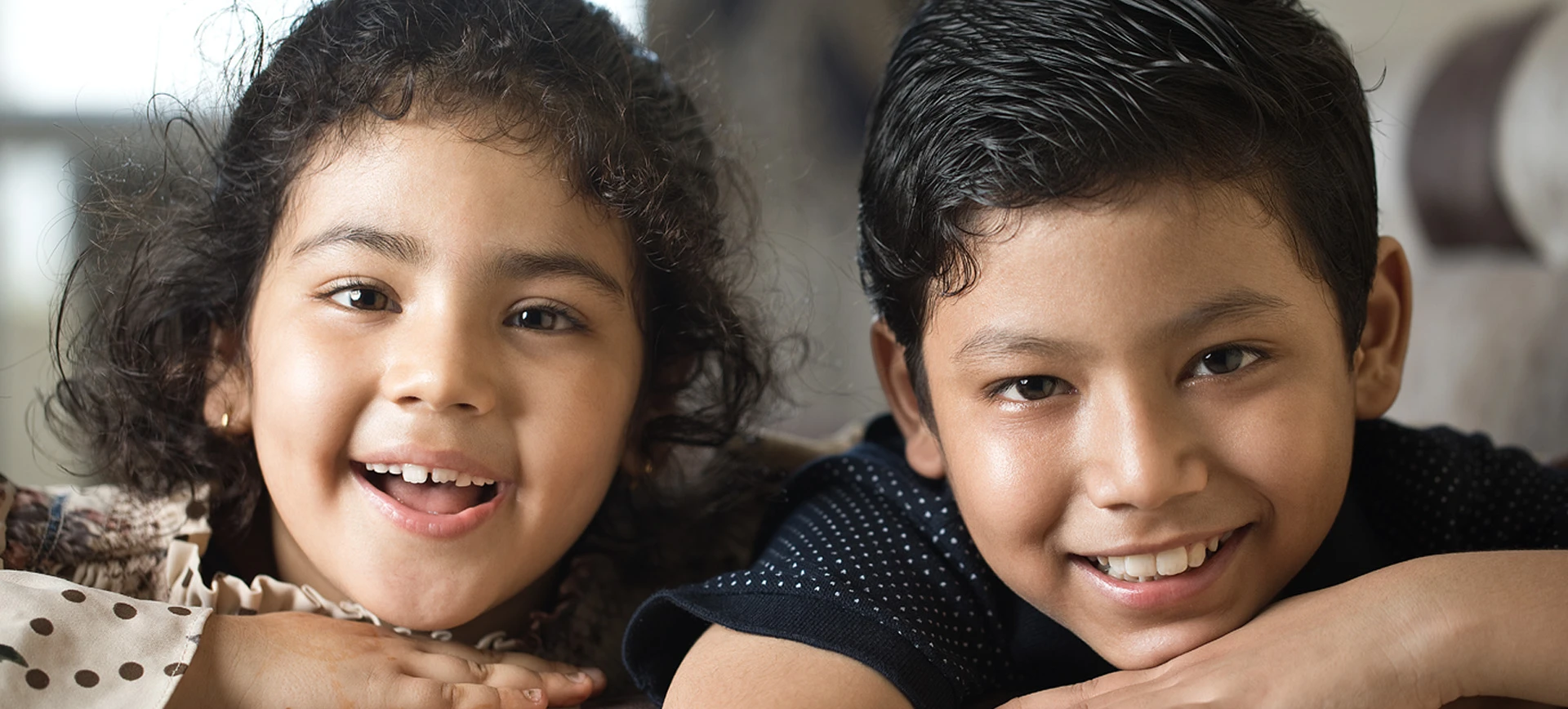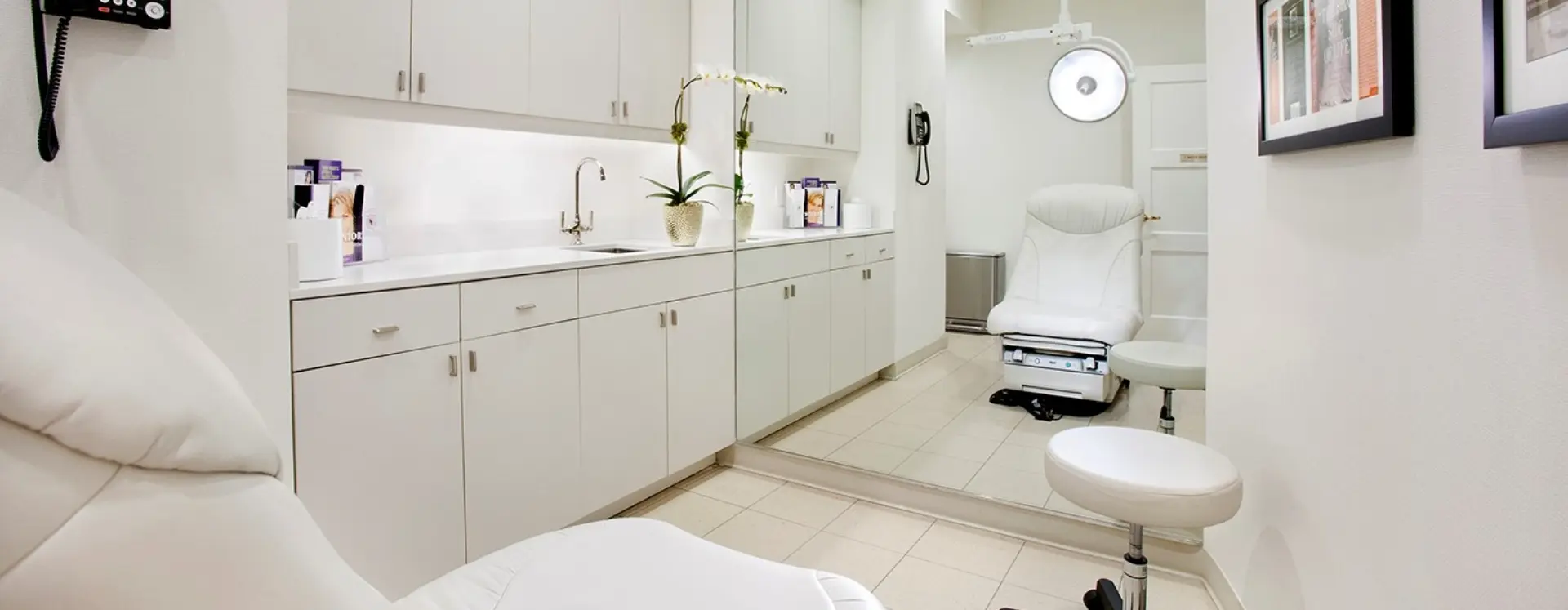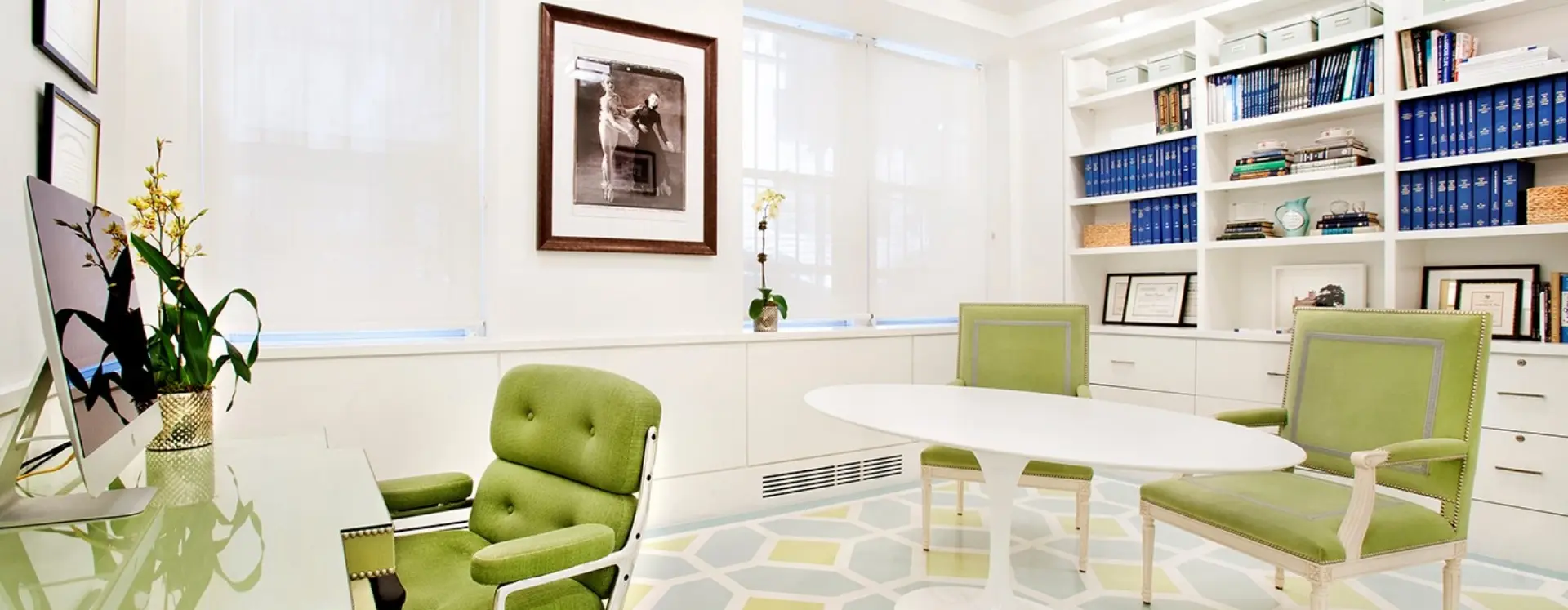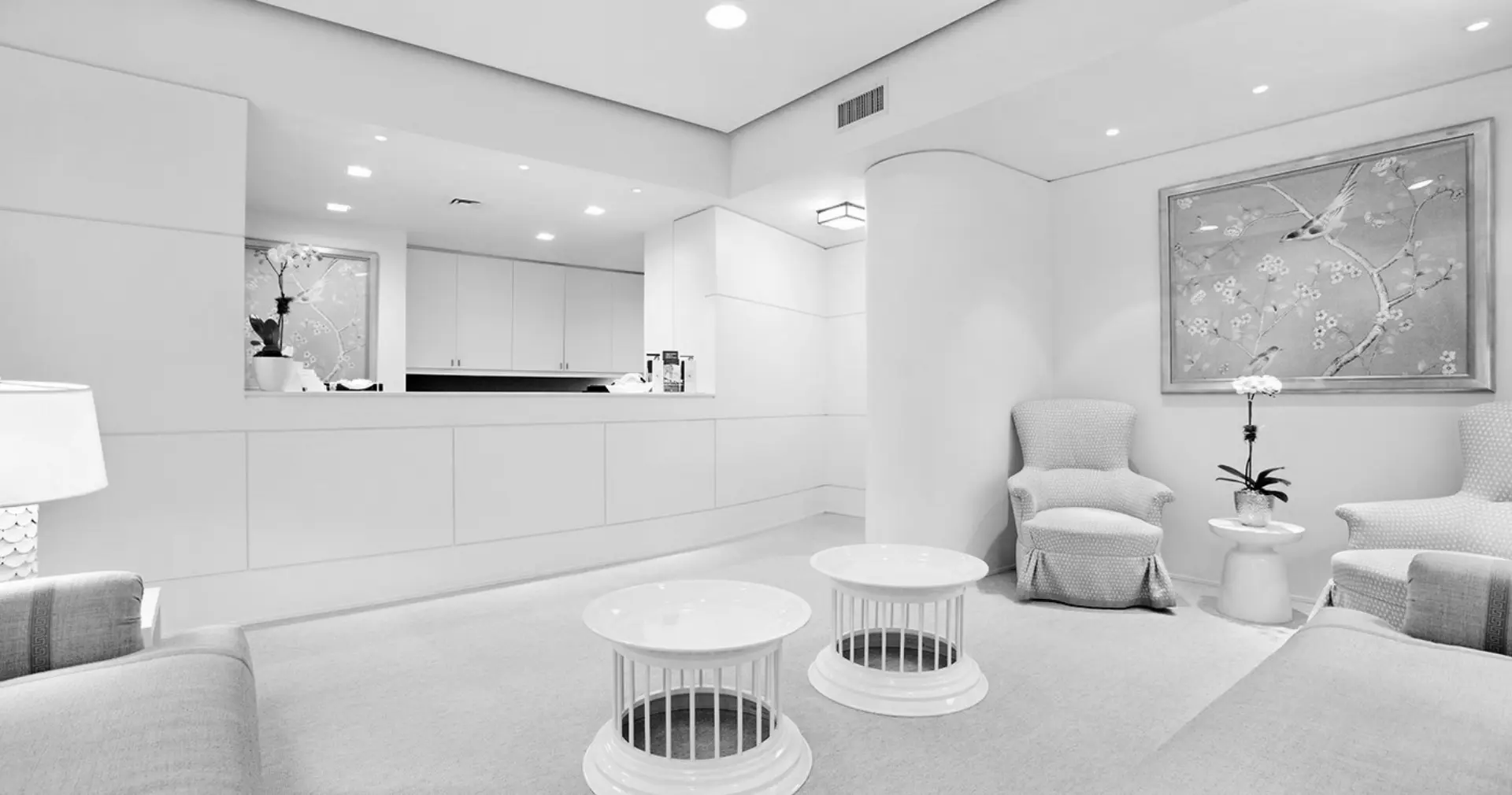
Stephen M. Warren MD, FACS
Alveolar Bone Graft Surgery in New York City
What is Alveolar Bone Graft Surgery?
A primary gingivoperiosteoplasty is the repair of a dentoalveolar cleft at the time of cleft lip repair (ie. 3-6 months of age). An Alveolar Bone Graft (aka. secondary gingivoperiosteoplasty or dentoalveolar bone grafting) is the repair of a dentoalveolar cleft typically performed in mid to late childhood (ie. 6-13 years of age) or in adults (18+ years). An Alveolar Bone Graft can be performed to add a little bone for kids who underwent primary gingivoperiosteoplasty or, more typically, performed for patients who did not have a primary dentoalveolar repair. In order to undergo secondary gingivoperiosteoplasty (ie. alveolar bone grafting), patients will need presurgical orthodontics to expand the upper dental arch and align the segments.
Introduction to Alveolar Bone Graft Surgery
A cleft of the lip can extend into the dentoalveolus. The dentoalveolus is the bone beneath our gums (ie. gingiva) that provides anchorage for our teeth. When a cleft involves the dentoalveolus, it must be repaired so that kids can have a healthy smile. Repair of the dentoalveolus is called gingivoperiosteoplasty and it can be performed at the time of lip repair (primary gingivoperiosteoplasty) or in middle childhood (secondary gingivoperiosteoplasty, dentoalveolar bone grafting or alveolar bone grafting). In order to undergo primary gingivoperiosteoplasty, infants will need a presurgical treatment such as nasoalveolar molding in order to reduce the width of the dentoalveolar cleft and align the segments. A primary gingivoperiosteoplasty is sometimes called a boneless bone graft because during the cleft lip repair, the gingiva and nasal floor are repaired creating a potential space for bone to grow across the dentoalveolar cleft. While the primary gingivoperiosteoplasty is performed at 3-6 months of age, the success of the operation is not measured until the children start orthodontic treatment at around 6 years of age. In order to undergo secondary gingivoperiosteoplasty (ie. alveolar bone grafting), kids will need presurgical orthodontics to expand the upper dental arch and align the segments. Alveolar bone grafting can be performed for kids who have formed insufficient bone after primary gingivoperiosteoplasty or for kids who never underwent primary gingivoperiosteoplasty. Alveolar bone grafting can be performed early (6-9 years of age) or late (9-13 years of age) and requires a small amount of bone to be harvested from the hip. Dr. Stephen Warren uses the skills, expertise, and techniques gleaned from years of mentorship by expert teachers as well as his own biomedical and surgical research to help children with dentoalveolar clefts have a healthy smile.

An Alveolar Bone Graft has three basic parts. First, the tissues surrounding the dentoalveolar cleft (ie. gums, anterior palate, and nasal floor) are repaired to create a watertight space for the bone graft. This is an essential step because without a watertight seal the Alveolar Bone Graft will fail.
Second, corticocancellous bone is harvested from the hip (ie. iliac crest) using a trephine. This important technical advancement in bone harvesting has substantially reduced the pain often associated with this procedure.
Third, after the bone is placed into the dentoalveolar cleft and the surrounding tissues are hermetically sealed, a specialized retainer is placed to stabilize the two halves of the dentoalveolar arch. Like a broken arm, the bone within the dentoalveolar cleft will take about 8 weeks to heal, however, we will not obtain the postoperative x-ray for about 6 months to allow the bone to gather mineral and harden. Once satisfactory bone is confirmed, the orthodontist can continue the alignment of the teeth or, in adults, a dental implant can be placed.
Benefits of Alveolar Bone Graft Surgery
What are the Benefits of an Alveolar Bone Graft Surgery?
An Alveolar Bone Graft is an important part of comprehensive cleft care. Some of the benefits are:
- Closes the gap in the gums as well as the nasolabial fistula
- Creates new bone to provide support for to preserve the neighboring teeth
- Provides bone essential for the eruption of the adult teeth
- Provides support for the placement of a dental implant
- Provides support for the ala base of the nose
- Is an essential step to create a healthy smile


Who are the Best Candidates for Alveolar Bone Graft Surgery?
Best Candidates For Alveolar Bone Graft Surgery
Any child (6-13 years of age) or adult (18+ years) with a cleft lip can be a candidate for Alveolar Bone Graft Surgery. Typically presurgical orthodontic treatment is necessary before surgery.
The best candidate for an Alveolar Bone Graft is anyone who:
- Has previously undergone primary gingivoperiosteoplasty (ie. some bone formation)
- Does not have a nasolabial or palatal fistula
- Has some bone in the dentoalveolar cleft
- Has a narrow dentoalveolar cleft
- Has completed presurgical orthodontics and has good dental arch alignment
- Is in mid to late childhood (ie. 9-13 years of age)
- Has completed skeletal growth (ie. 18+ years of age)

The First Steps
What’s The First Step?
The first step to Alveolar Bone Graft Surgery is to contact our office and schedule a consultation with Dr. Warren. When you come in, Dr. Warren will review your medical history and x-rays, listen to your concerns, and connect you with other members of the NextGenFace Cleft Team (eg. orthodontist, prosthodontist, etc.). For out-of-town or international patients, a virtual consultation can be easily arranged. Once the treatment plan is underway, you can schedule a surgical date with our Patient Coordinator. Preoperative testing including a presurgical clearance; for out-of-town or international patients, we can arrange presurgical clearance by a local concierge pediatrician or internist. Perioperative instructions, hospital times and locations, and an itemized price breakdown will all be provided before surgery.
What to Expect on the Day of Alveolar Bone Graft Surgery
Dr. Warren performs Alveolar Bone Graft Surgery in a number of internationally recognized hospitals in New York City. When treating children, Dr. Warren only works with board certified pediatric anesthesiologists. On the morning of surgery, Dr. Warren will meet with you in the preoperative area to briefly re-review the surgical plan and answer any last-minute questions. Once in the operating room, the patient will go off to sleep under general anesthesia. First, the tissues surrounding the dentoalveolar cleft (ie. gums, anterior palate, and nasal floor) will be repaired to create a watertight space for the bone graft. Then corticocancellous bone will be harvested from the hip (ie. iliac crest) using a trephine. (In some cases BMP can be used as a substitute for autologous bone.) Finally, the bone will be placed into the dentoalveolar cleft, the surrounding tissues will be closed, and a specialized retainer will be placed to stabilize the two halves of the dentoalveolar arch.
Alveolar Bone Graft Surgery takes about 4 hours to complete depending on accessory procedures (eg. cleft lip scar revision, nasal revision, fat grafting, etc.). Dr. Warren will update the family after each step of the procedure so that they can follow the progress and know that the patient is doing well. Dr. Warren will see the patient in the recovery room and then the patient will be allowed to go home (ie. outpatient surgery). During this outpatient procedure, you may see students, residents, physician assistants, etc., but only Dr. Warren will perform the operation.
How Much Does an Alveolar Bone Graft Surgery Cost in New York City?
The cost of Alveolar Bone Graft Surgery in New York City will vary depending on many factors, including the procedure to be performed, the complexity of the reconstruction, and the time needed for surgery. The best way to determine the cost of your surgery is to consult with Dr. Warren and make a list of your surgical goals. Once your goals are identified, the steps necessary to achieve those goals can be defined, and a personalized surgical plan with a complete breakdown of the cost of the procedures will be provided by our Patient Coordinator.
Alveolar Bone Graft Surgery Recovery
Patients will spend about 2 hours in the recovery room. Since Dr. Warren injects local anesthetics during surgery, most patients do not have any pain in the recovery room. Instead, if anything, patients describe a sense of ‘pressure’. After a couple of hours in the recovery room, patients will be taken home by a family member or friend. Patients will be given dietary instructions to promote satisfactory soft tissue healing and bone formation. During the first few weeks, you should keep your activity to a minimum so that the incisions can heal. We advise that you plan to take at least one week off from work or school, but sometimes more time is necessary if accessory procedures are performed. Dr. Warren uses a balanced postoperative pain medication regimen to minimize side effects (eg. nausea) and still provide excellent pain relief. There are typically no sutures to remove at the 1 week post-op appointment. Out-of-town and international patients can fly home on the same day as the postoperative visit. You should be able to gradually return to low impact activities such as riding a stationary bicycle (eg. Peloton) after 3 weeks. After 8 weeks, the Alveolar Bone Graft will have healed, and you can return to unrestricted activities. During this time, you will notice improved facial convexity in the area of the Alveolar Bone Graft emerging as the postoperative swelling fades.


Choose us for Alveolar Bone Graft Surgery in New York, NY
Why choose Dr. Warren?
Dr. Stephen M. Warren is a board-certified plastic surgeon specializing in cleft surgery. He trained at Boston Children’s Hospital with Dr. John B. Mulliken and then continued his cleft surgery training with Dr. Court B. Cutting in New York. Dr. Warren worked alongside Dr. Cutting for nearly a decade before Dr. Cutting retired in 2013 and transferred the care of his patients to Dr. Warren. While he was at NYU Langone Medical Center for many years, Dr. Warren moved his practice outside of the hospital to maintain the tradition of personalized cleft care. Dr. Warren continues to work with nearly two dozen cleft care specialists and he is a member of the NextGenFace Cleft and Craniofacial Team. Dr. Warren is a tenured Associate Professor of Plastic Surgery, Associate Professor of Oral & Maxillofacial Pathology, Radiology and Medicine at NYU Langone Medical Center. He is an emeritus Associate Professor of Cell Biology, emeritus Director of the Institute of Reconstructive Plastic Surgery Laboratories, emeritus Director of the Division of Clinical and Translational Research, emeritus Director of the Variety Center for Craniofacial Surgery, and emeritus Director of the Craniofacial Surgery Fellowship program at NYU Langone Medical Center. Dr. Warren is a Diplomate of the American Board of Plastic Surgery and a Fellow of the American College of Surgeons. He is a member of 23 professional societies, an ad hoc reviewer for 30 scientific journals, and on the editorial boards of a number of journals. He has authored nearly three hundred textbook chapters, clinical, and scientific articles. He has trained over 50 research and clinical fellows. Dr. Warren is frequently asked to lecture nationally and internationally on cleft and craniofacial surgery, tissue engineering, and regenerative medicine.
Schedule Consultation
Dr. Warren is here to help learn more about the benefits of Alveolar Bone Graft Surgery and accessory procedures such as cleft lip scar revision, nasal revision, and midface augmentation with implants or fat grafting. These are life-changing procedures. Call us at 212-447-6229 or request a consultation through our website. Out-of-town and international patients can meet and discuss Alveolar Bone Graft Surgery with Dr. Warren by telehealth visit. Having to make cleft treatment decisions can be stressful, but you can breathe a little easier knowing that you have one of the best cleft surgeons in the field looking after you or your child.
Stephen M. Warren, MD, FACS
Alveolar Bone Graft Surgery FAQ’s

What Patients have
To say about our practice
To say about our practice
Sarah b.
Dr Warren is one of the world most talented surgeon that i have ever had the pleasure of meeting. My son's medical challenges started 16 years ago, at birth. Dr Warren recommended and performed a brilliant, genius surgery to rectify facial symmetry caused by a tumor.Samantha F.
Dr Warren is patient, systematic, thorough, a true perfectionist. I have the highest regard for everything Dr Warren did before, during and post surgery. Dr Warren made himself accessible around the clock to ensure that my son was taken care of every single step of the way.Debbie G.
Dr. Warren did my sons cleft lip/gum/nose surgery and will be doing his palate surgery. He not only is a fantastic surgeon but he has an incredible bedside manner, explains everything thoroughly, and is in such constant communication with us, we don’t feel we need a whole “team”.Robert A.
Dr. Warren is a consummate professional and an incredibly skilled surgeon. He has an amazing and comforting bedside manner that is equally met by his successful results as a surgeon.
Schedule your
Consultation
Consultation